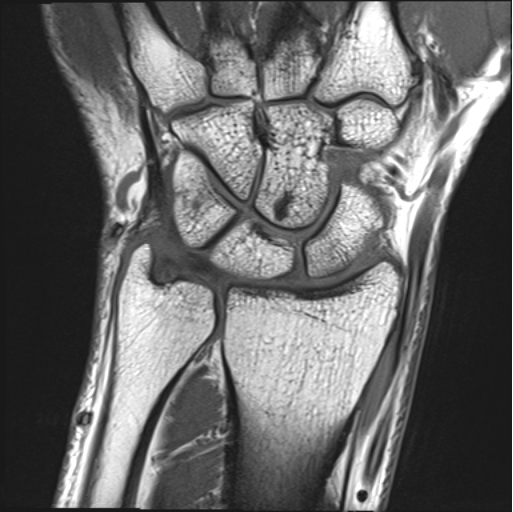ARA’s Advanced CT and MRI Scanners – Big Steps Forward in Patient Care
Video: Siemens Low-Dose CT Scanners at ARA
– Radiology at Austin Radiological Association is constantly evolving, but occasionally we see developments that we know will make a major impact on patient care. Such is the case with low-dose CT and 3T MRI. Austin Radiological Association is pleased to announce that they have acquired these state-of-the-art technologies and have deployed them in a number of their 16 outpatient imaging centers.
Low-Dose CT – Accuracy and Safety
Computed tomography (CT) is an amazingly effective scan technology that uses ionizing radiation to get images. ARA’s new low-dose CT scanners by Siemens and General Electric employ new technologies that allow for up to 60% radiation reduction dose while producing images of equal or improved quality. This is a major improvement for CT patients, especially those needing multiple scans. Low-dose CT scans means the lifetime radiation dose accumulated per person can now be dramatically reduced.
This impressive radiation reduction is paired with highly detailed scan quality, enabling exceptional imaging of the inside of the body. The new CT scanners are also faster, allowing for shorter breath holds, which is especially helpful for children and the elderly. Patient-friendly design makes the new CTs more comfortable and automated technology helps CT technologists spend more time with the patient and less time adjusting the scanner.
Dr. Amy Salinas, radiologist at ARA, explains, “ARA decided to go with the low-dose CT scanners because of the benefit to the patient in radiation dose level and the fact that the images look just as good, if not better, than a higher dose scanner.”
ARA CT scan patient Dan F. says, “My concern about it was, having had so many scans, of course, you want to get as little dosage of radiation as possible. So that’s why I was quite pleased with the new device using half the radiation… everybody at ARA has always seemed to have done a very good job. They’ve all been very friendly and careful. They’ve explained anything that I’ve asked them, and then some.”
All of ARA’s CT scanners are now low-dose machines. CT scans are available at most of ARA’s 15 locations.
See a video on what Siemens low-dose MRI means for patients at ARA.
3T MRI – Intricate Detail and Shorter Scan Times
ARA’s new 3T magnetic resonance imaging (MRI) scanners by Siemens have twice the power of earlier machines, resulting in shorter times on the scan table for patients, shorter breath holds and higher resolution images with improved detail. MRI technology uses magnetism, radio waves and a computer to produce images of the body in multiple planes.

3T MRI wrist scan
3T MRI allows for exceptional visualization of smaller anatomical structures, including joints of the hand, wrist, foot and ankle as well as hip and shoulder areas. Another area where 3T MRI shows potentially more sensitivity is in patients with seizure. It also does an outstanding job of imaging the prostate. 3T even makes it possible for some patients with chronic kidney disease to undergo renal MRI without the use of contrast.
Patients will appreciate the 3T MRI experience because they will spend less time in the scanner and will have shorter breath hold periods. Quicker scans mean that patients will move less during imaging, so images are clearer.
Teamed with the specialized knowledge of ARA radiologists and technologists, 3T MRI is a powerful diagnostic tool. New 3T MRI scanners are at ARA’s Medical Park Tower, Wilson Parke and Cedar Park imaging centers.
 Back to Top
Back to Top